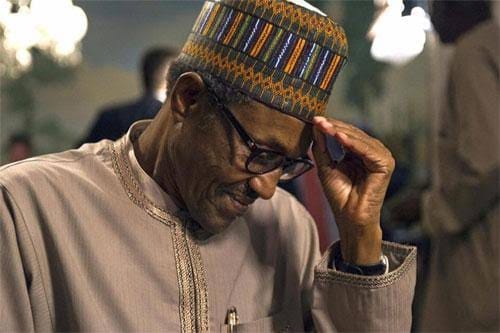Wedding celebration saved couple, some relatives from Moroccan deadly quake
By Uzair Adam Imam A wedding celebration in Moroccan village saved a newly married couple and some of their relatives that attended the party from the Friday's deadly earthquake. The…






